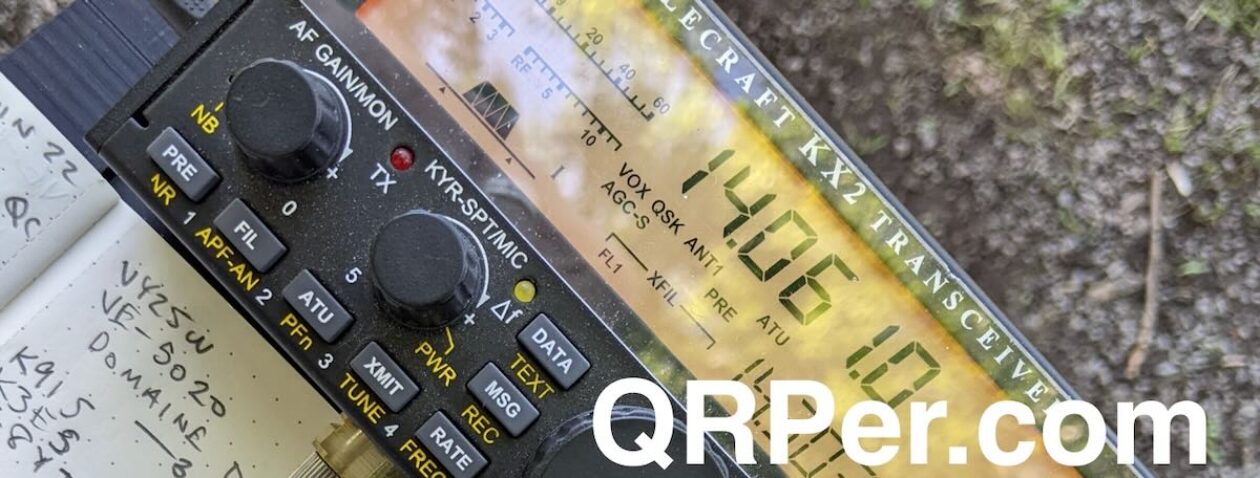Many thanks to Philip (KA4KOE) who shares the following report:
Xiegu G106 Report
by Philip (KA4KOE)
Recent developments and other drivers pushed me to purchase a Xiegu G106.
This radio has dropped significantly in price recently. I figured, “Why not?!” given the paltry sum Radioddity was asking.
I will not delve deeply into the technical aspects of this radio, as others have covered this subject in great detail. In my opinion, the G106 is a viable QRP radio and excels at CW and FT8. I also made contacts using SSB, but given the lack of speech processing, I found the effort, shall we say, challenging. The firmware on my particular radio is Version 1.3.
I checked the spectral purity using the panadapter on my Flex 6300. I realize the Flex is not a lab-quality instrument, but the serious spurs and other trash around the carrier, noted by others, on a 5-watt CW signal appear to be minimal now and compliant with current FCC regulations.
Some get all caught up in demanding the absolute best specifications, performance, looks, etc., or whatever you find important in your personal metrics for a radio. As an engineer, I approach this philosophy from a different mindset. Often, striving for those final few percentage points of improvement is only noticeable under the most stringent of band conditions. The situation is essentially a cost/benefits analysis. So, my personal rationale is “good enough.”
Indeed, the Xiegu G106 is “good enough” for QRP field activations, provided one also deploys a good antenna. Here’s an analogy: will a steel sledgehammer or solid gold one (ignore gold’s softness in this example), of the same mass, both do the same job? The answer is “yes.”
The only issue I have noted, as have others, is that the radio’s AGC recovery isn’t quite correct. Occasionally, the audio will “pop” when switching from transmit to receive. Hopefully, the G106 will improve if Xiegu issues firmware updates beyond Version 1.3. The radio doesn’t exhibit this annoying behavior every time one switches from TX to RX.
 I recently activated US-2190, Magnolia Springs State Park, near Augusta, Georgia.
I recently activated US-2190, Magnolia Springs State Park, near Augusta, Georgia.
 Band conditions degraded over the course of the day due to coronal holes present on the earthward-facing side of the sun. I did manage to make 25 CW and 8 SSB contacts on 40 and 20 meters using a sloping 40–10 meter N9SAB End Fed Half Wave, supported on one end from a 32’ carbon fiber pole. See the QSO map below:
Band conditions degraded over the course of the day due to coronal holes present on the earthward-facing side of the sun. I did manage to make 25 CW and 8 SSB contacts on 40 and 20 meters using a sloping 40–10 meter N9SAB End Fed Half Wave, supported on one end from a 32’ carbon fiber pole. See the QSO map below:
Here’s my activation video:
Bottom line: I like the G106.
Thank you for your kind consideration and attention.
73
Philip Neidlinger, PE
KA4KOE
Gailey (WV2P) and Frank (NM9X), pictured above, also accompanied me on this activation.
Check out their QSL cars below:























